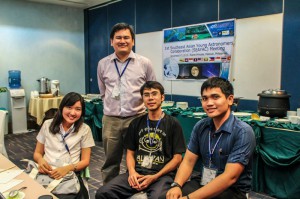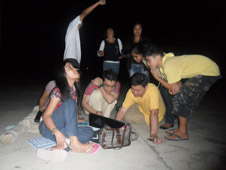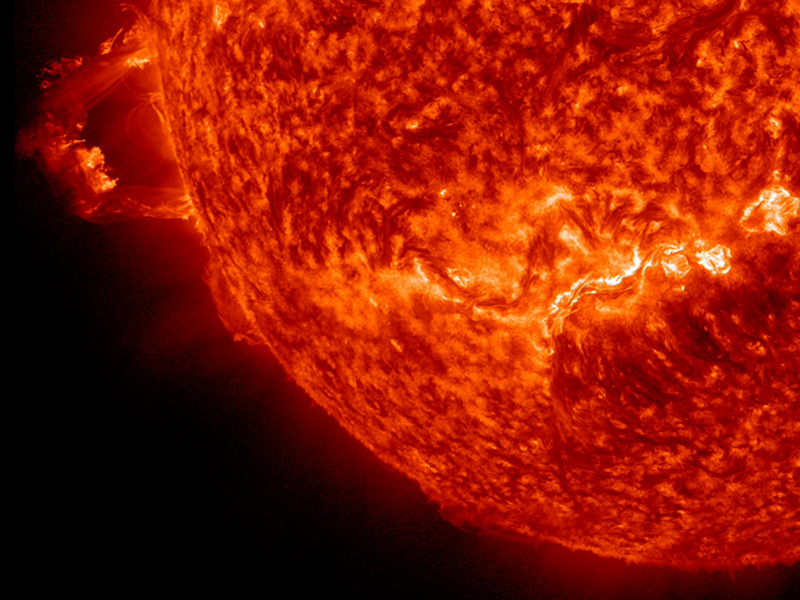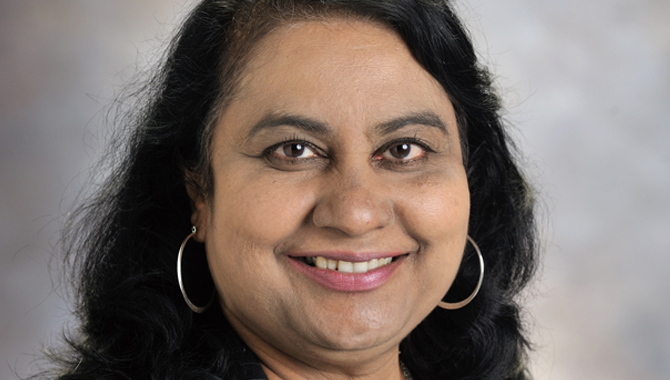
Rogel Mari Sese (standing) at the first Southeast Asian Young Astronomers Collaboration Meeting in Puerto Princesa, Palawan, Philippines in November 2012. Image courtesy of Rogel Mari Sese
Vol. 5, Issue 11
As one of a handful of astrophysicists in the Philippines, Rogel Mari Sese aims to advance his countrys role in space.

Rogel Mari Sese (standing) at the first Southeast Asian Young Astronomers Collaboration Meeting in Puerto Princesa, Palawan, Philippines in November 2012.
Image courtesy of Rogel Mari Sese
Rogel Mari Sese, a 31-year-old astrophysicist, teaches at the University of the Philippines Los Bans located just south of Manila, Philippines, instructing students in physics and astronomy. After completing six years of graduate work in Japan in computational astrophysics, he believes his country can benefit from space applications and technology. ASK the Academy spoke with Sese to gain insight into his young career and the obstacles ahead as he seeks to engage Filipino citizens in space exploration.
ASK the Academy (ATA): Space science and exploration is not particularly a prevalent field of study in your country. How did you become interested?
Sese: My interest in astronomy and space science started when I was still small. I think I was five years old when I got my first telescope. When I went to high school, I realized that I loved physics and I decided to go into the field of astrophysics. Because the Philippines doesn’t have an astrophysics degree program, I chose to take a Bachelor of Science in applied physics, with the hope that my research or my thesis would be geared towards astrophysics. Unfortunately, that didn’t happen.
When I graduated, I pursued a Master’s degree, while at the same time teaching at the university. That’s when I started to do research in astrophysics. After my Master’s, I went to Japan for six years to pursue my Ph.D. in computational astrophysics.
It’s not very common for Filipinos to study astrophysics. Right now, there are only about three professional astrophysicists or space scientists in the country. I think there are several more in other parts of the world who are finishing their Ph.D. degrees, but i’s not a very popular choice for career for Filipinos.
ATA: What are some of the space research and exploration issues that are most meaningful to you?
Sese: For me, I’m interested in developing a [cube] satellite for the Philippines…that can do Earth observations. That’s one thing that we’re looking into. In line with that, we’re also looking to develop the capacity of a [workforce], which has the capabilities to build these satellites. That’s more on the astronautics side.
On the astronomy side, we’re trying to develop an observatory right here in our university, mainly for solar observation and hopefully in the future we can also go to radio observation. We think that radio observation has bigger potential here in the Philippines because half of the year here is typhoon season and we don’t get a lot of good visibility. Also, from a computational astrophysics view, it’s much easier for us to do computer simulations because we have some computing resources that are immediately available. This also includes using archived data from NASA, ESA, and so on. So those are the things that I’m trying to teach my students right now because it’s only last year that we started the first research laboratory in our country in our university. It’s sort of a big task. We have a lot of things to do for the next five to ten years.

Rogel Mari Sese (second from the right, seated on the ground) gives lectures and conducts telescope viewings with Filipino students to spark their interest in science, technology, engineering, and math disciplines.
Image courtesy of Rogel Mari Sese
ATA: What are some of the space applications that you think are most relevant to your country? How do you talk to the public about why there should be a space program in the Philippines?
Sese: Usually we show them how space technology can benefit in cases like disaster monitoring. That’s one big very issue in our country especially since we get about 20 typhoons per year and we have lots of volcanoes and earthquakes, so we get a lot of flooding and so on and so forth. We have the perfect combination of natural disasters. Space technology can benefit disaster management…and how we live life on Earth. In the agriculture and environment monitoring aspect: How do we monitor the forests that we have? How much of the forest has already been converted to agricultural land? How much agricultural land has been converted to commercial or urban areas? Those are the things that we’re looking into right now and trying to bring it up to politicians and make them see that it would be really beneficial for the Philippines to build a space agency that would handle all of these matters.
ATA: What’s one of the biggest challenges you face as you continue with your work?
Sese: I’m starting to send some of my students outside [of the Philippines] because I know that the amount of training that they can get outside is much better than the training I can give them. I have several students who are leaving for Japan or Thailand next year to pursue their graduate studies. The biggest challenge for me is to make sure that they would come back.
It was a very big deal for me to come back to the Philippines. When I was in Japan, I spent about two years contemplating on whether I would return to the Philippines. A lot of my friends would ask why I would want to go to the Philippines and pursue astrophysics. We don’t have any space science or astronomy programs here in the country. For me, that was exactly the point. That’s why I’m going back to build the infrastructure so that other people or other students who are interested who want to pursue this line of career, they know that there is something that they can come back to. For me, that’s the biggest challenge. To assure that Filipinos who are interested in astronomy have something to look forward to.









